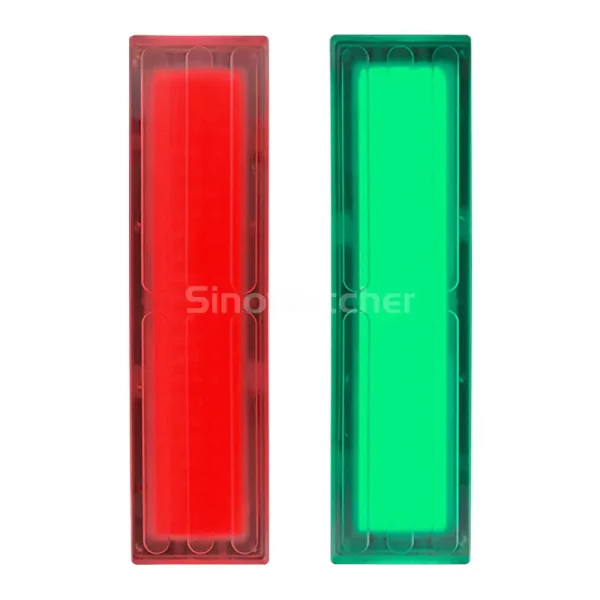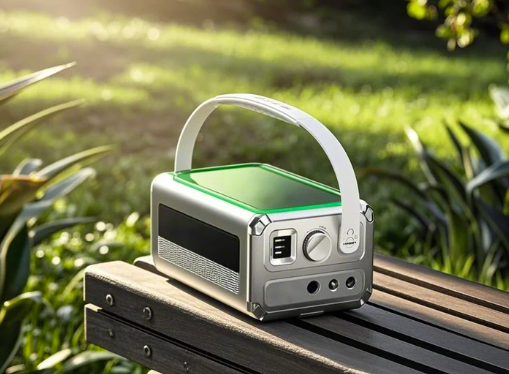Table of Contents
SBC computers can be used as demonstration or development systems, in education systems, or as embedded computer controllers. Many types of home or portable computers integrate all of their features onto a single printed circuit board.
How SBC computers work
The SBC computer assembles the entire functional system circuit (CPU, ROM, RAM, input/output interface circuit, and other auxiliary circuits) of the microcomputer on a printed circuit board, and then uses the printed circuit to connect each functional chip.
An SBC computer assembles various parts of a computer on a printed circuit board, including microprocessor/memory/input and output interfaces, as well as simple seven-segment, LED displays, keypads, sockets, and other external devices.
Configuration of SBC computer
SBC computers have a configuration similar to other plug-in cards and are designed for use in backplanes. Some architectures are completely dependent on the SBC computer, such as PICMG, ISA, PCI, Compact PCI, VME, and other architectures. In the PC world, the intelligence and interface/control circuits are placed on an add-in board that has been plugged into a passive (or active) type of backplane. The result is similar to building a system based on the motherboard, except that the backplane determines the slot configuration. Backplanes can take a combination of slots (ISA, PCI, PCI-X, PICMG, etc.), typically 20 or less in total, which means the backplane can be installed in a 19″ rack-mount enclosure or some wall-mounted compact enclosures.

Unlike desktop personal computers, SBC computers generally do not rely on expansion slots for peripheral functionality or expansion. SBC computers are built using a variety of microprocessors. Simple designs, such as those built by computer hobbyists, typically use static RAM and a low-cost 8- or 16-bit processor. Other types, such as blade servers, perform similarly to server computers, but in a more compact format.
The increase in the density of integrated circuits has made SBC computers possible. The single-board configuration reduces the overall cost of the system by reducing the number of boards required and eliminating connector and bus driver circuits that would otherwise be used. By putting all the functions on one board, a smaller overall system can be obtained, eg, as in a laptop. Connectors are a common source of reliability problems, so single-board systems eliminate these problems.
Application of SBC computer
As the PC market became more common, fewer and fewer SBCs were used in computers. The main components are assembled on the motherboard, and peripheral components such as serial ports, disk drive controllers, and graphics processors are located on the daughterboard. Recently available advanced chipsets provide most of the I/O functionality as embedded components, enabling motherboard manufacturers to provide motherboards with I/O traditionally provided by daughter boards. Most PC motherboards offer onboard support for disk drives, including IDE and SATA with RAID, graphics, Ethernet, and traditional I/O such as serial and parallel ports, and USB and keyboard/mouse support. Add-in cards are more commonly used for high-performance graphics cards (true graphics co-processors), high-end RAID controllers, and specialized I/O cards such as data acquisition and DSP (digital signal processor) boards.
SBC computers are the ideal solution for any application that requires a computer, but space is at a premium. With kiosk applications, SBC computers can be used in aircraft and even industrial machinery. In data centers, many computers require services such as internet Providers, and many SBC computers can be installed into a server rack system.
The biggest benefits of SBC computers are small space requirements and extremely low power consumption. In addition, SBC computers can be produced according to strict production cost-saving specifications.
Due to the characteristics of small size and low cost, SBC computers are widely used in the modernization of life equipment. Like smart appliances, cars, etc. in our daily lives.
SBC computers are still a relatively untapped consumer market, but some enterprising hobbyists are getting exciting changes with them. For example, an SBC computer can be linked to a touchscreen, mounted on a car, or driver, and provide real-time directions, The music is even read by the passengers from the car’s internal computer system.
0









